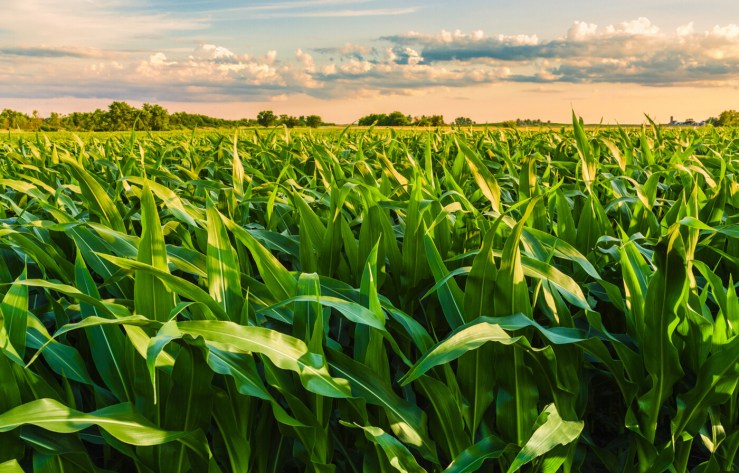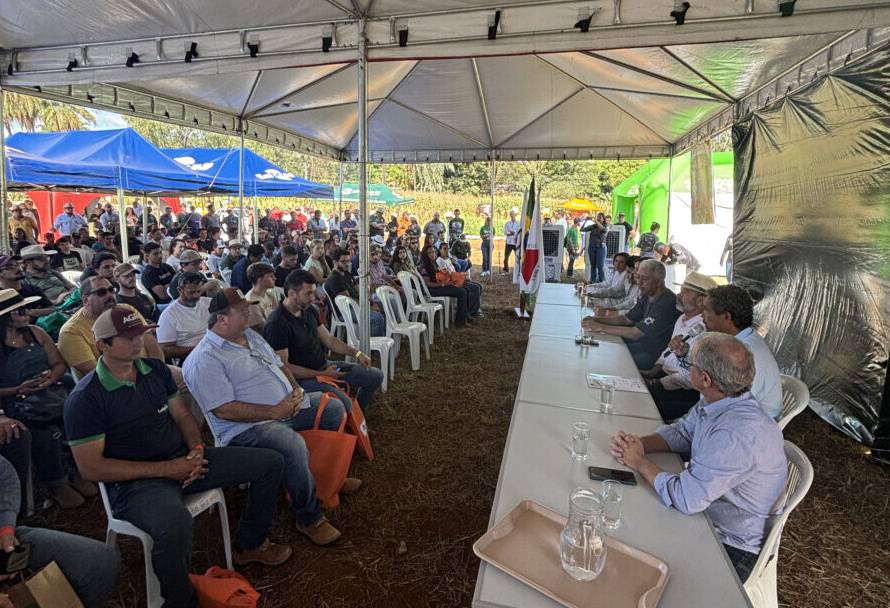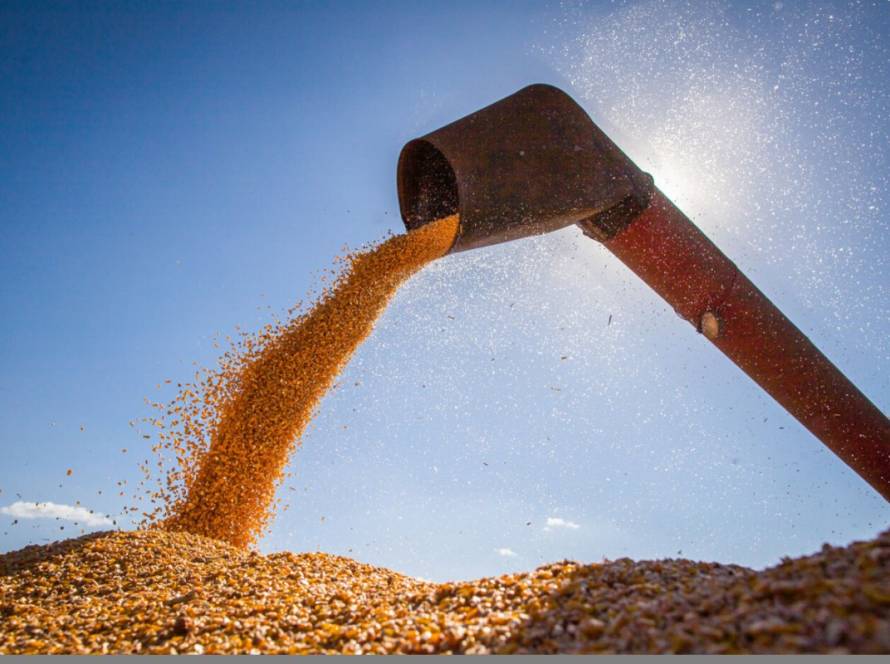The second corn crop has already been planted. It is estimated that around 2.6 million hectares have been planted. For now, the production forecast of around 15.9 million tons, made by technicians from the Department of Rural Economy (Deral), of the State Secretariat of Agriculture and Supply (Seab), at the end of March, is maintained. A new estimate will be presented at the end of this month.
According to the bulletin Weather and Growing Conditions released this Tuesday (08) by Deral, most of them (46%) are in the vegetative development phase, followed by 40% in flowering. The crops planted earlier already have 13% in fruiting. The remaining 1% are still germinating.

The 2024/25 first-crop grain harvest is almost complete. Soybeans have already harvested 97% from the fields, while corn has harvested 96%. The second-crop bean harvest has just begun. Producers have already harvested 3% from 332 thousand hectares. The lack of rain in some stages of development points to crop losses. In addition, producers are concerned about the drop in prices, especially for black beans.
The irrigated rice harvest is also underway, which should continue for a few more months in the Northwest region. The two-cycle cassava harvest is well underway and is satisfying producers. In the Northwest, farmers are also harvesting a variety of fruits, including bananas, guavas and passion fruit.
Still regarding the harvest, coffee growers are already preparing for the work scheduled to begin next month. A week ago, the harvest, storage, transportation and sale of ripe pine nuts was also authorized. The estimate is that productivity in this harvest will be lower than in the previous one.
Wheat farmers are expected to begin planting in April. The forecast is for a sharp reduction in the planted area, mainly due to insurance rates and reduced coverage for inclement weather. Part of the area is expected to be converted to forage.




